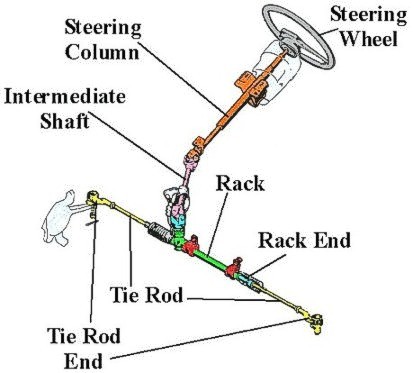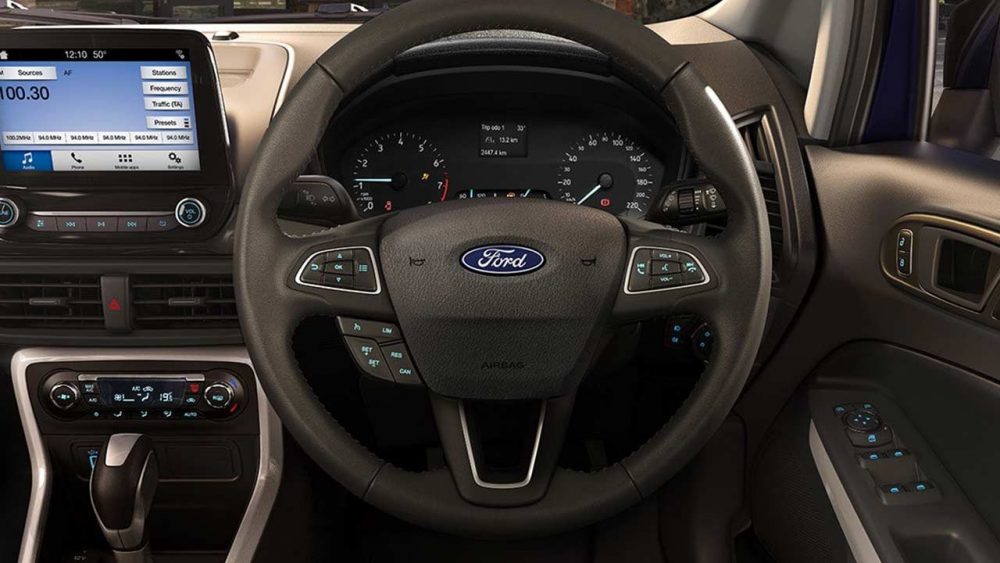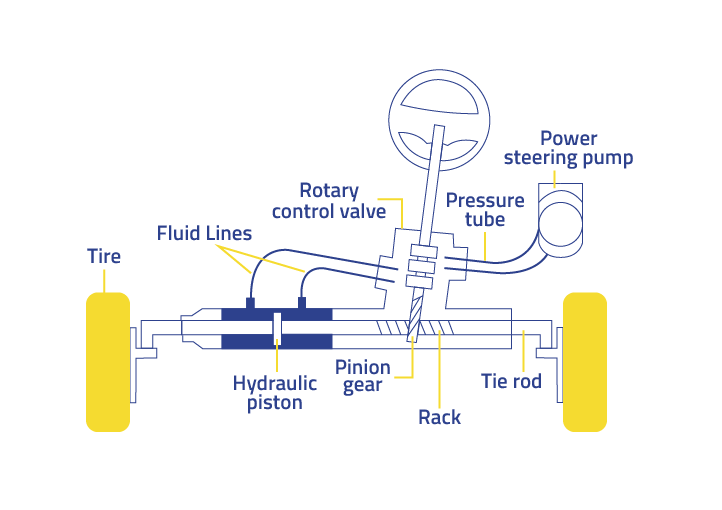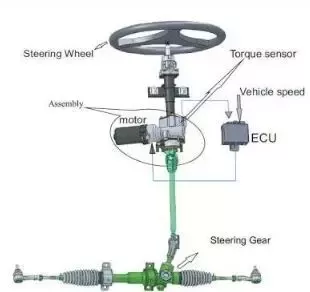Cars of today have come far away from what we got in the last decade. Truly, technology has taken over almost all industries by leaps and bounds. This is evident in the automotive sector across the globe as the technology allows for better driving, experience with enhanced safety. That said, there are various components of a vehicle that are accountable for safety as well as driving. But today, we’ll be sticking to the crucial assembly that directly connects the road to the driver, the power steering.

Today, we’ll be having a comprehensive article on the working of steering and its various types. Also, we’ll be answering the question, was it necessary to introduce power steering? So, before further ado, let’s steer right to the main content.
Power Steering, Heard of it Before?
To be straight and crisp, power steering is a mechanical device that reduces the human’s effort of turning the steering in turn turning the vehicle. Well, back in the early 2000s, most of the vehicles in India came with non assisted steering. This means you’d have to make biceps and strong forearms in order to comfortably steer those cars (especially Maruti Omni, personal experience).
From where it all started?
It was as Chrysler Imperial that first came with a power steering by in 1951. Talking about this first-ever power steering, the drivers immediately noticed the efforts were reduced by a huge margin. Not only that, the steering became more precise and had a better response. Talking about the situation in India, Daewoo Matiz and Hyundai Santro were among the first cars here to possess power steering back in the early 2000s.
Read here to know the complete history of Power Steering:
History Of The Power Steering System In Automobiles
How Does a Power Steering Work?

As of now in the market, there are primarily 2 types of power steering, hydraulic power steering and electronic power steering. Also, a thing to note is the basic working of a power steering remains the same; only the actuation part varies with its types. Now, the main components of any power steering assembly include;
- A Steering
- Steering Column
- Universal Joint
- Rack and Pinion

Everyone is aware that the input to steer the car is given via the steering wheel, yes! That is the main contact point for the driver.
- As the driver gives the input to the steering, the steering column also rotates along with it. This is one of the crucial components, as it transmits the motion to the rack and pinion.
- It is the combination of UV or Universal Joint that connects the steering wheel to the rack and pinion.
- Well, it is the rack and pinion that gives the direction to wheels. The rack and pinion have two gears.
- The pinion is attached to the steering column. Next, the rack that is connected to the wheel hub assembly via a couple of rods is called the tie rods.
In the end, it is either the steering column or the rack and pinion that is assisted. Now, let’s have a look at the different types of power steering and how they assist the driver.
Types of Power Steering Systems
Almost all modern road cars come with power steering. This power steering can either be hydraulic or electronically assisted.
Hydraulic Power Steering

It was the hydraulic power steering that came into production first. Talking about this type in detail, it came with a hydraulic pump that pumps the oil in and out of the steering rack.
Working
-
- Also, this pump usually takes power from the engine via a belt called the serpentine belt. Now, as the driver gives input to the steering, the pump pumps the working oil in and out from the reservoir to the rack.
- This power steering fluid is usually pressurised, and the pump delivers the fluid to the opposite side of the rack or the piston in the assembly. Say, if a car is turning left, the right chamber to the piston will get the fluid in turn, reducing the driver’s effort.
- This type of power steering was common in most cars from 2005. But now, rarely do any cars use hydraulic power steering, naming some, Nissan Kicks and some cars from McLaren still use the old school yet effective power steering.
- Having said that, hydraulic power steering is common in the car community as it offers a direct feel of the road hence better control of the vehicle.
Electronic Power Steering

The majority of the car plying on the road comes with electronic power steering. Also, this is the one that is a lot more efficient. Why? you may ask. Well, unlike the hydraulic power steering, which assists via the working fluid, the electronic power steering is in direct connection with the steering assembly.
Working
-
- Speaking of the electronic power steering, it has a bi-directional permanent magnet motor that is connected to the steering column or the steering gear.
- Now, as the driver turns the steering wheel, the sensor detects the movement and now the electric motor assists by reducing the turning force for the driver.
- Also, the more advanced form of power steering has many advantages over hydraulic power steering.
Advantages of Electronic Power steering
There is always an advantage of being born in the current era; Electronic power steering does bost the same.
- The electronic power steering is more direct and accurate.
- As there is no working fluid, this type of power steering is more efficient when comparing it with the older one.
- Most of the components of the EPS assembly are lightweight and compact; hence it has a smaller form factor.
- This also aids in the cars having different driving modes. With a touch of a button, the driver can adjust the feedback and the input from the steering wheel. Hence it is customisable.
- There is no pump taking power from the engine; hence the engine becomes more efficient and also feels more powerful. (fewer power losses)
Informative: How Does A Car Steering System Work? | Explained
So, that was all about the power steering and its types. Do let us know in the comment section below, do you have any queries? Feel free to ask!





